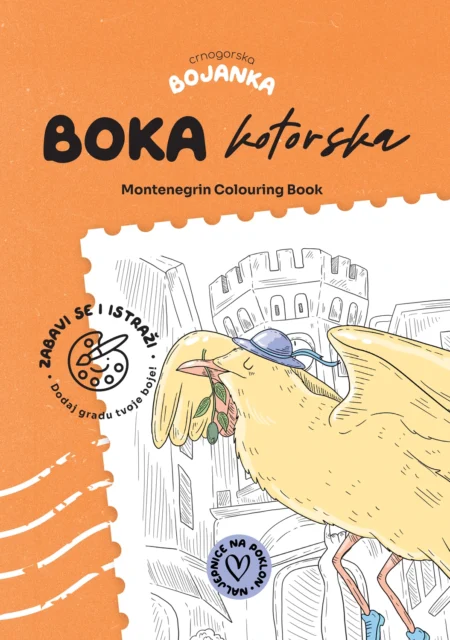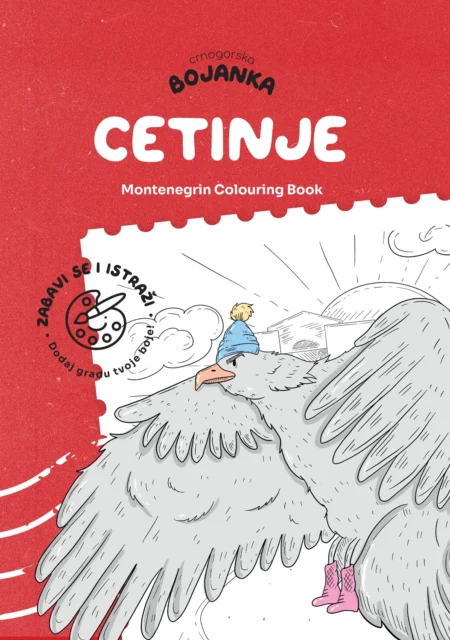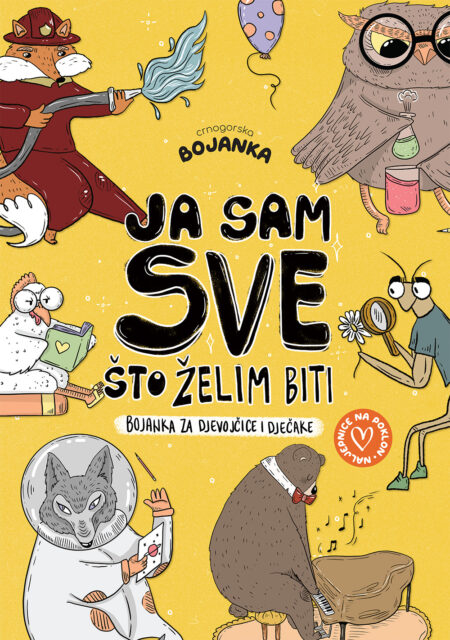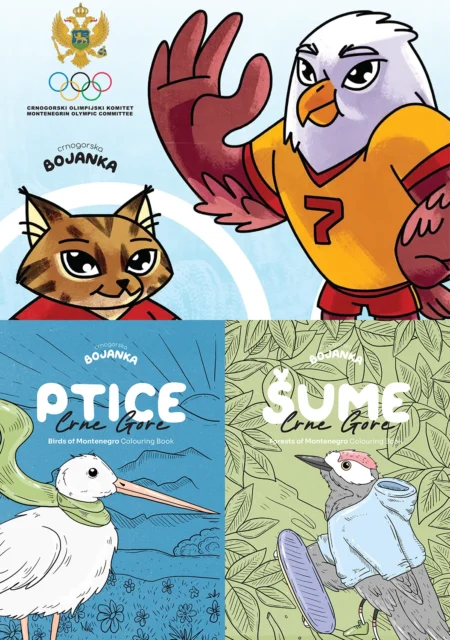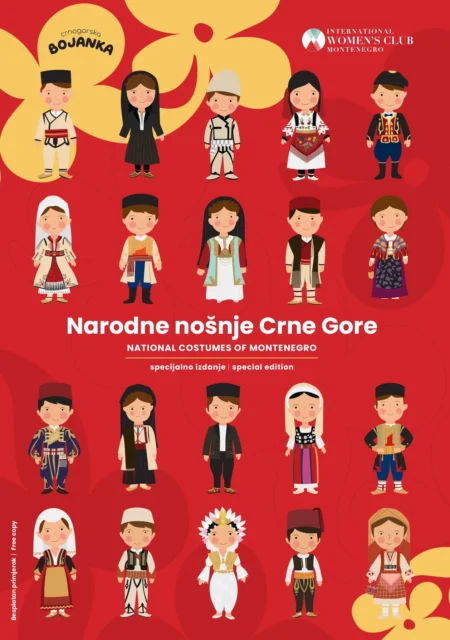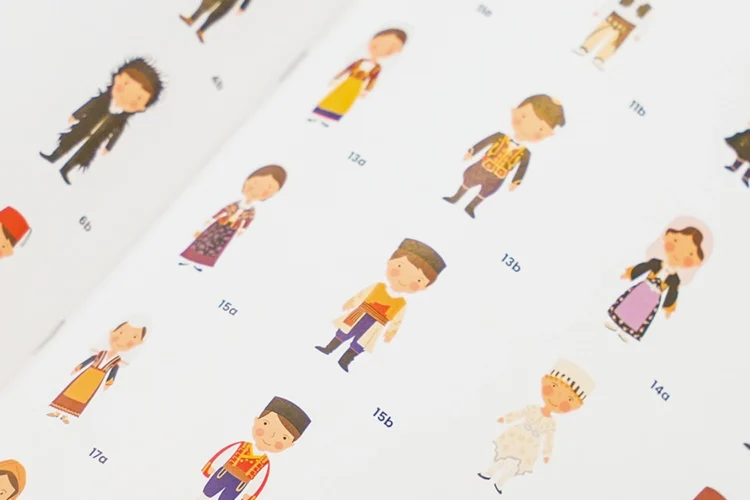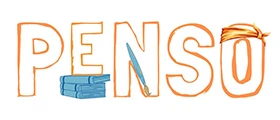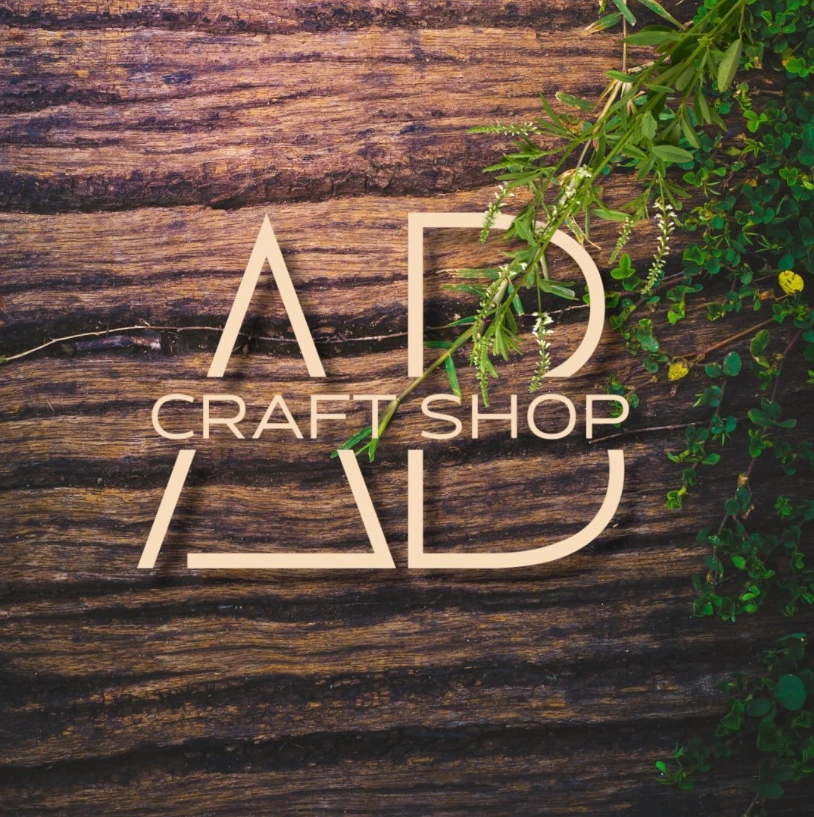Najnovije bojanke
Akcija mjeseca
-
Promo set #3
Ocenjeno sa 5 od 51€ 22,60Originalna cena je bila: € 22,60.€ 15,00Trenutna cena je: € 15,00. sa PDV-om -
Promo set #2
Ocenjeno sa 5 od 51€ 11,40Originalna cena je bila: € 11,40.€ 7,60Trenutna cena je: € 7,60. sa PDV-om -
Promo set #1
Ocenjeno sa 5 od 51€ 11,40Originalna cena je bila: € 11,40.€ 7,60Trenutna cena je: € 7,60. sa PDV-om
Posebna izdanja
-
Zora i Branko u maloj olimpijskoj misiji || COK
Ocenjeno sa 5 od 51Specijalno nekomercijalno izdanje u saradnji sa Crnogorskim olimpijskim komitetom (COK). Zora i Branko – radoznala risica i mudri soko –…€ 0,00 sa PDV-om -
Narodne nošnje Crne Gore || IWCM
Ocenjeno sa 5 od 51Specijalno nekomercijalno izdanje u saradnji sa Međunarodnim klubom žena Crne Gore (IWCM). Ova bojanka donosi ilustracije narodnih nošnji iz različitih…€ 0,00 sa PDV-om -
Istražimo Crnu Goru || Prva banka Crne Gore
Ocenjeno sa 5 od 51Crnogorska bojanka: Istražimo Crnu Goru – specijalno izdanje za Prvu banku Crne Gore – dizajnirana kao kulturni vodič koji vodi…
Najnoviji blog postovi i vijesti
Gdje kupiti?
Brojke o nama
7
članica tima
32
Izdanja
50.000+
Prodatih bojanki
101%
zadovoljni kupci
